
E-course
Creating a structured plan
Module 2 | Unit 2
Introduction
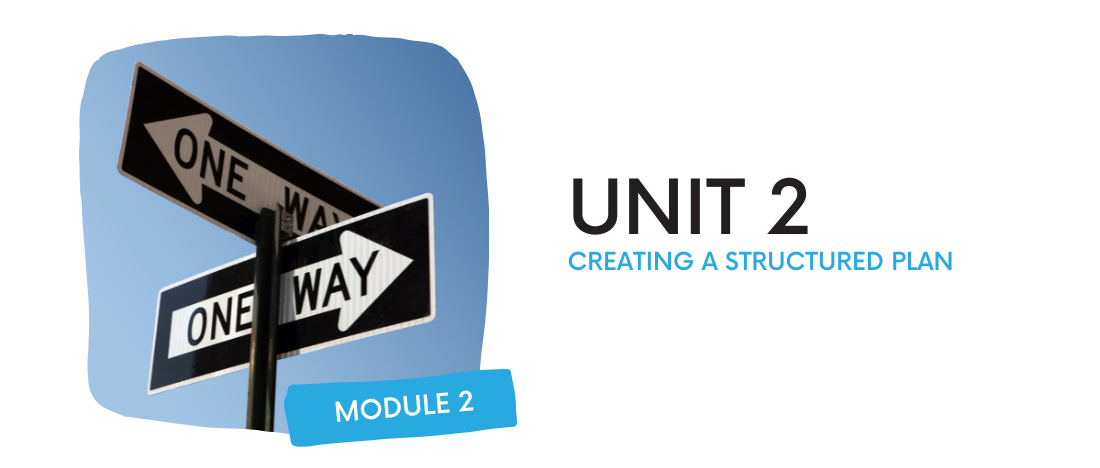
Have you ever heard the French saying, Mise-en-place? The term refers to cooking and having all of your ingredients measured out, ready and prepared. By doing this, chefs are able to prepare fabulous meals, almost effortlessly. As with cooking, effective language learning is all in the planning. When it comes to learning a new language, first things first – do you know how to structure your tasks appropriately?
Learning a new language requires planning and discipline. If you want to achieve meaningful goals that make a difference to your language learning, then it’s important to create a well-structured learning plan.
This unit will provide you with the knowledge and guidance on how to manage your time effectively and plan your strategy so that you can get the most out of your language learning journey.
Getting started

You are going to begin by completing a brief quiz to self-assess your planning skills. Look at the following questions, then rate yourself from 1 – 3 (1 = agree, 2 = neither agree nor disagree, 3 = disagree).
Tips
5 tips on how to create a structured plan for studying a foreign language

1. Understand your styles and habits:
Each one of us has our own individual learning style. What works for one person, may be disastrous for somebody else. It is widely believed that there are 4 different types of learner:
- The visual learner
- The auditory learner
- The kinesthetic learner
- The logical learner.
The visual learner prefers to learn by using highlighters, pens, images, cards, flashcards, posters.
The auditory learner remembers best when they hear information, they use background music when they learn, rhymes to memorize.
The kinesthetic learner prefers a learning style during which the learner has to feel or move to learn more effectively.
And the logic learner prefers to divide learning materials into steps, use diagrams, patterns and their problem-solving abilities. Most learners are a mixture of these learning styles.
Do you know which one you are?
If you want to learn more about this, check out Developing meta-learning awareness unit in which you can find more detailed descriptions of each learning style and tips on how to use those styles to learn more efficiently.
You also need to be aware of the time of day that you are most productive and for how many hours you know you are able to study before you begin to feel tired.
It is also important to think about your strengths and weaknesses.
Once you have a clear idea of the things you enjoy or benefit from the most you can start to put together your plan.
2. Establish your study objectives:
When you create your learning plan it is important to have balance so that you don’t spend all of your time only improving your grammar, reading, writing, listening, pronunciation or speaking skills and forget to work on developing others. They are all equally important and they complement each other. It is impossible to improve your speaking skills if you do not learn new vocabulary and phrases and grammar structures.
Sometimes it might be difficult to determine what we are going to learn. Therefore, it might be helpful to find a student’s book for learning your target foreign language since each book already contains a structured plan and program. Then you may find similar topics available among our free online learning resources and use them accordingly. Notice that every plan has a good balance of vocabulary, grammar, listening and speaking skills, so make sure to cover all of them equally.
3. Define your tasks and timeline:
After you have decided what you would like to achieve, the next step is to set out the different tasks you want to attempt as well as a precise timeline to complete them in.
First, prioritize your tasks. Decide whether you want to complete easy tasks first or difficult tasks – this is a matter of personal choice.
Next, you need to set up specific deadlines for all your tasks. The deadlines should be based on the time you have available for studying each week.
Lastly, remember to start setting deadlines for the urgent tasks and continuing with the less urgent ones. Of course, do not forget your other responsibilities besides language learning. Be as realistic as possible!
4. Create your study plan:
By this stage, you know all the necessary information for creating a good study plan. So, what’s next?
You should organize all your tasks, goals, and timings to create a plan.
You should use a calendar – either an online calendar (google, outlook, etc.) or a printed one.
Start by deciding what goals you would like to complete in a given day.
Mark on the calendar the timeline of your development from completing each task and mention its level of urgency.
Add a short description of the task, as well as what you need to complete the tasks, e.g. a YouTube video or a language learning App.
When using an online calendar, set notifications for approaching deadlines.
If you don’t like using an online calendar, you can create a handwritten or online (word, or excel) study schedule.
Try to use different colors for the different types of goals and tasks (short-term, long-term, urgent, less urgent).
5. Monitor your schedule:
You must remember to make sure your schedule is regularly updated. This can be as simple as checking your calendar or schedule a couple of times a week and seeing if you are on target with your tasks.
You need to ensure that you remind yourself regularly of the tasks you have set yourself.
Take some time to consider how you will do them.
If you see you’re not completing your tasks on time, adjust and change your schedule. Do not be discouraged if you see you are not completing your goals on time, it is important that you are aware of this so that you can address this issue and make adjustments. Sometimes it takes us more time than we thought to complete tasks, this is a part of why we make plans, to monitor our progress and manage our expectations when it comes to learning a new language.
It is important that you organize your study wisely because your time will be taken up with everyday life so you may be limited when it comes to having enough time for study.
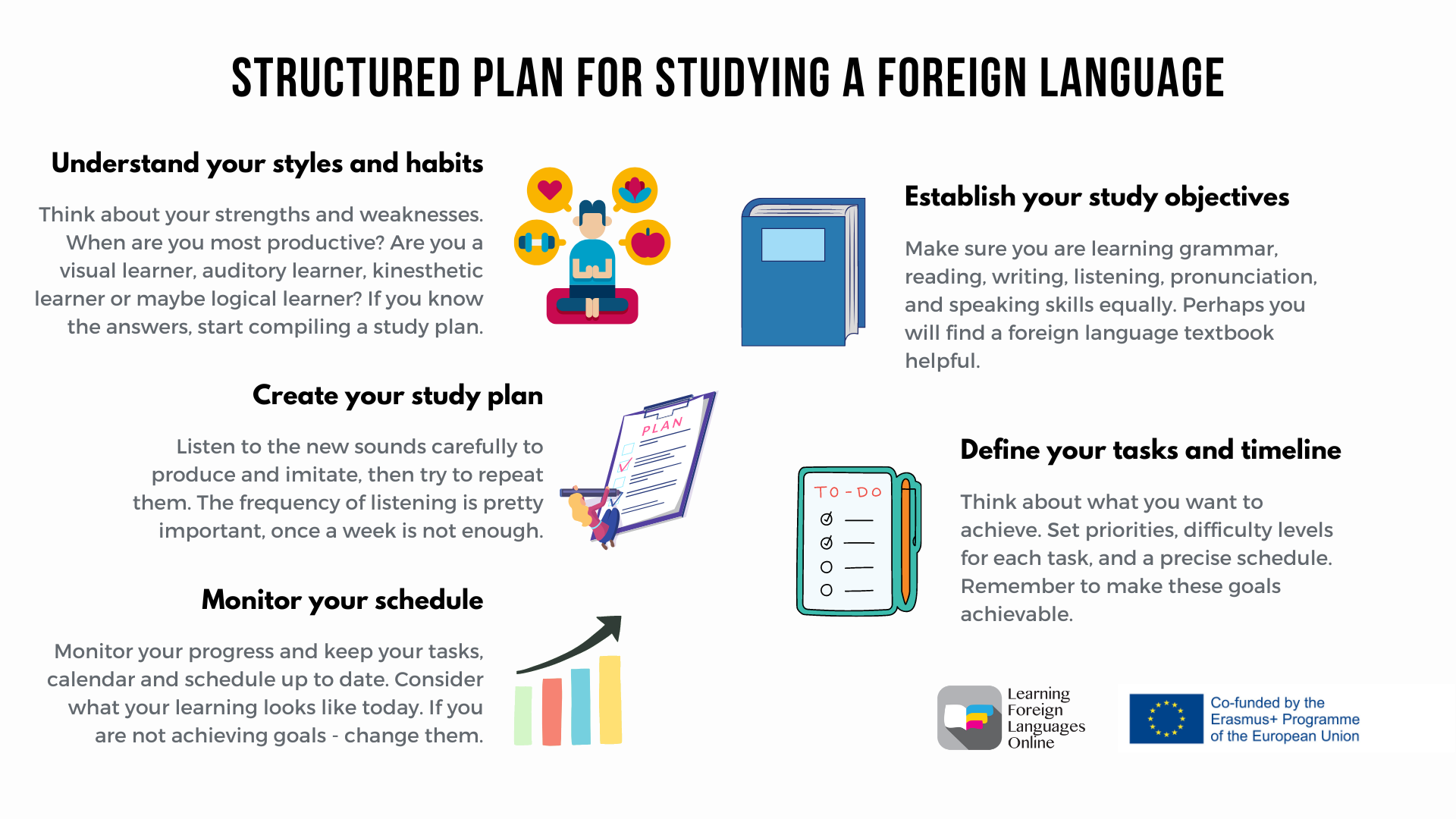
More resources

Still want to continue learning about the topic of this unit? Not to worry, we have made a selection of further resources that you can use if you would like to find out more. Just click on the links and keep learning!
Practical tasks
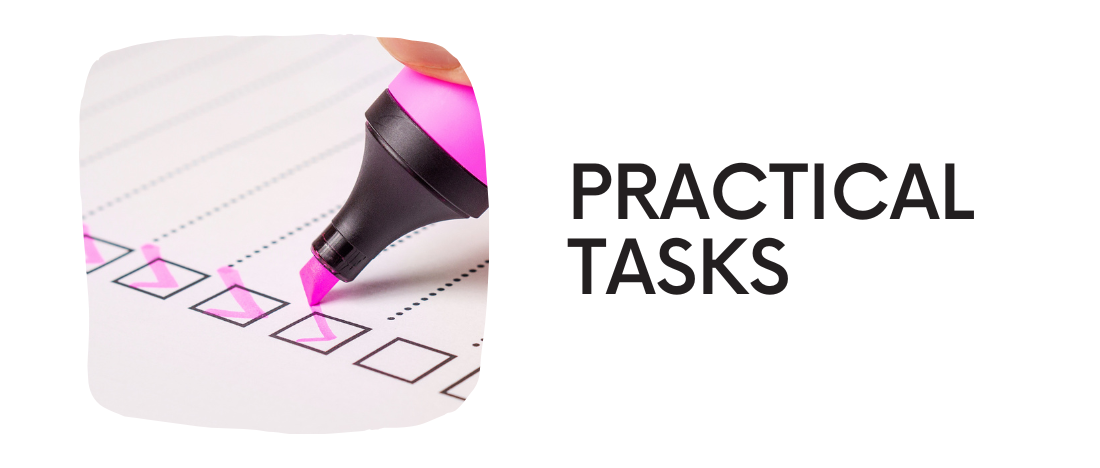
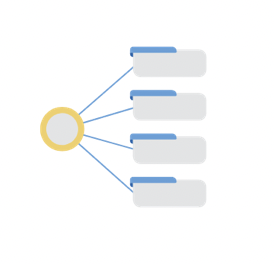 Consider your learning style and habits and how you like to learn. Make a list of 5 activities that correspond to your learning style for each of the skills you have to improve.
Consider your learning style and habits and how you like to learn. Make a list of 5 activities that correspond to your learning style for each of the skills you have to improve.
For example, if you are a visual learner use colorful post its, highlighters and pens while learning new vocabulary. Create mind maps and diagrams when learning new grammatical structures, etc.
You can then use this list as the basis of your learning plan.
 Choose a topic you know will be useful to you, for example family and decide how you are going to improve different skills using the same topic. First work on improving the vocabulary connected to the topic you have chosen, improve your pronunciation of those words. Choose reading and listening materials at your level to practice reading and listening comprehension. Choose a simple grammar tense, for example, you may practice Present simple to talk about your family. To practice writing you can write a short composition on the chosen topic.
Choose a topic you know will be useful to you, for example family and decide how you are going to improve different skills using the same topic. First work on improving the vocabulary connected to the topic you have chosen, improve your pronunciation of those words. Choose reading and listening materials at your level to practice reading and listening comprehension. Choose a simple grammar tense, for example, you may practice Present simple to talk about your family. To practice writing you can write a short composition on the chosen topic.
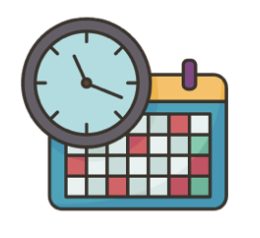 Make a timeline for three tasks that you would like to achieve in the short term. Set up your deadlines, remember to keep them realistic and to monitor your progress, as well as adjust the timeline if you need to!
Make a timeline for three tasks that you would like to achieve in the short term. Set up your deadlines, remember to keep them realistic and to monitor your progress, as well as adjust the timeline if you need to!
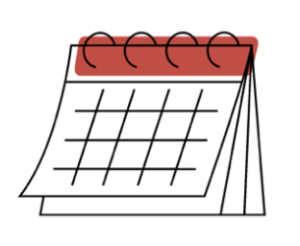 Decide what calendar you would like to use. If you are not sure, spend some time browsing through different possibilities on the internet. When you make your decision, create your learning plan in the chosen calendar.
Decide what calendar you would like to use. If you are not sure, spend some time browsing through different possibilities on the internet. When you make your decision, create your learning plan in the chosen calendar.
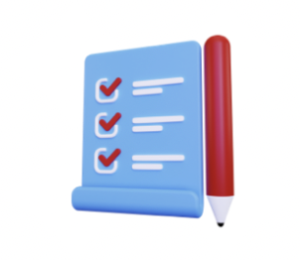 Think about how often and for what purpose you will monitor your progress. Start every week by reviewing what you have done the previous week. Analyze the progress you made and adjust the plan for the next week. If necessary, modify it to make it more realistic in case you didn’t get to do all the goals you set.
Think about how often and for what purpose you will monitor your progress. Start every week by reviewing what you have done the previous week. Analyze the progress you made and adjust the plan for the next week. If necessary, modify it to make it more realistic in case you didn’t get to do all the goals you set.
Unit test

